Home>Gardening & Outdoor>Landscaping Ideas>What Happens If You Leave Leaves On Grass
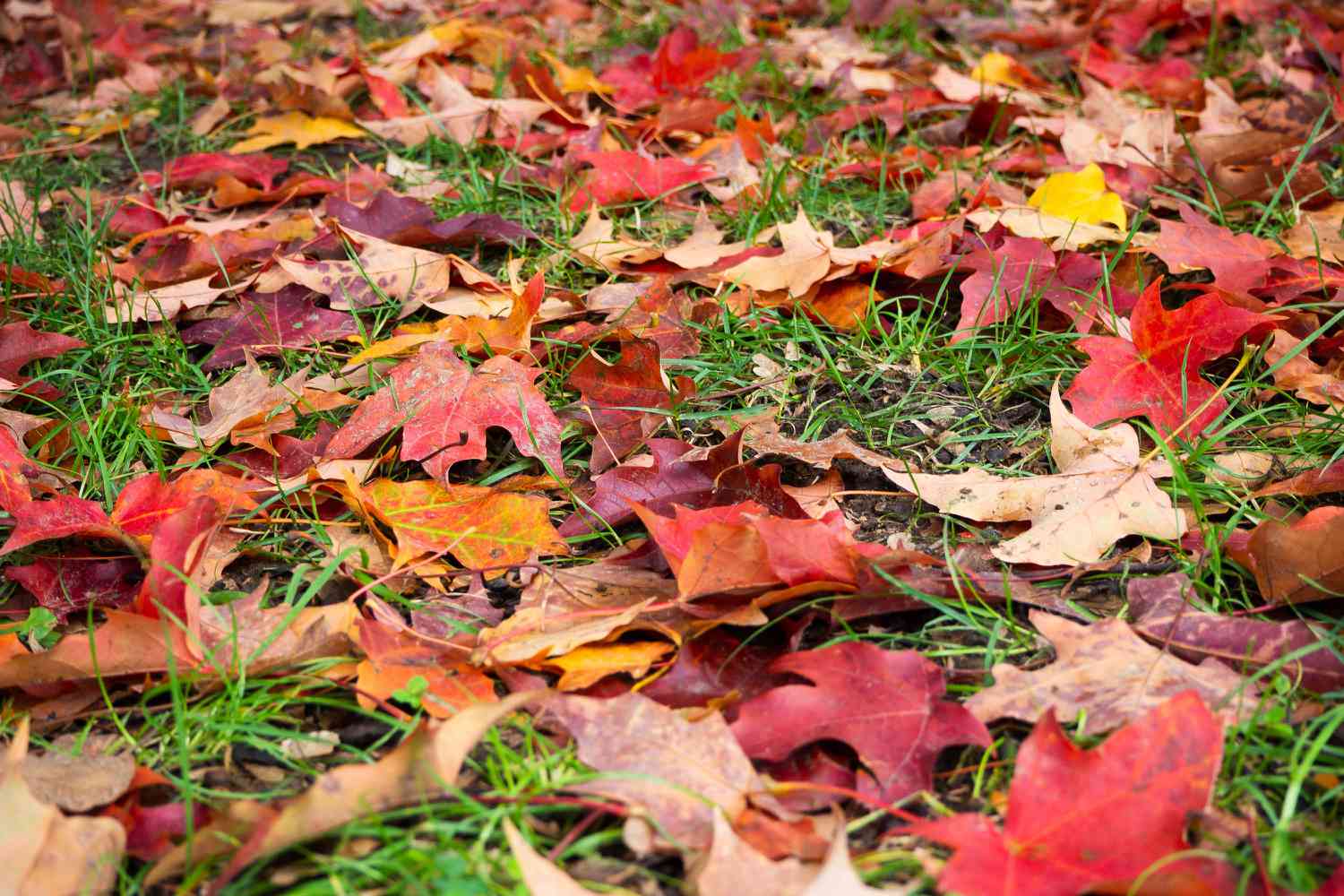

Landscaping Ideas
What Happens If You Leave Leaves On Grass
Published: January 26, 2024
Discover the impact of leaving leaves on your grass and explore effective landscaping ideas to maintain a healthy and vibrant lawn. Learn how to enhance your outdoor space with proper leaf management.
(Many of the links in this article redirect to a specific reviewed product. Your purchase of these products through affiliate links helps to generate commission for Storables.com, at no extra cost. Learn more)
**
Introduction
**
Leaves strewn across a lawn can evoke a sense of picturesque autumnal charm. However, as the seasons transition and the vibrant foliage gives way to a blanket of fallen leaves, homeowners may wonder about the impact of leaving them on the grass. While some may view this as a simple chore to clear away the debris, others may question whether it is necessary. In this article, we will explore the consequences of leaving leaves on grass, delving into the effects on grass and soil health, pest and disease control, as well as the overall aesthetics of the landscape. Additionally, we will provide insights into proper leaf management techniques, empowering you to make informed decisions about maintaining a lush, thriving lawn. Let's embark on this journey to uncover the secrets hidden beneath the autumn leaves and understand what happens when they are left to rest upon the grass.
Key Takeaways:
- Leaving leaves on the grass can harm the health of the grass and soil, attract pests, and create an unsightly appearance. Proper leaf management is crucial for maintaining a vibrant and healthy lawn.
- Regular raking, mulching, composting, and professional services are effective strategies for managing leaves on grass. These practices help preserve the health and beauty of the lawn while promoting a thriving outdoor environment.
Read more: What Happens If You Leave A Kettle On
The Impact on Grass Health
Leaving leaves on the grass can have a significant impact on the health of the turf. As the leaves accumulate, they form a dense layer that inhibits sunlight and airflow from reaching the grass blades. This impedes the process of photosynthesis, which is crucial for the grass to produce energy and thrive. Consequently, the grass may become weakened and susceptible to issues such as browning, thinning, and even fungal diseases.
Moreover, the layer of leaves can create a moist environment that fosters the growth of mold and mildew, further compromising the grass’s health. Additionally, the accumulation of leaves can prevent essential nutrients and water from reaching the soil and roots, hindering the grass’s ability to absorb vital resources for growth and vitality.
Furthermore, as the leaves decompose, they release compounds that can alter the soil’s pH levels, potentially leading to imbalances that are unfavorable for the grass. This can result in diminished nutrient uptake and overall stress on the grass, impacting its resilience and ability to withstand environmental stressors.
Understanding the detrimental effects of leaving leaves on the grass underscores the importance of proactive leaf management to safeguard the health and vigor of the turf.
The Impact on Soil Health
Leaving leaves on the grass can exert a profound influence on the health of the soil beneath. As the leaves accumulate, they form a dense layer that impedes the natural exchange of gases between the soil and the atmosphere. This can lead to a decrease in soil aeration, hindering the ability of beneficial microorganisms to thrive and carry out essential soil processes.
Furthermore, the layer of leaves can inhibit the infiltration of water into the soil, potentially resulting in waterlogged conditions that are detrimental to soil structure and root health. Prolonged saturation can lead to compaction and reduced pore space, impeding the movement of air and water within the soil profile.
As the leaves decompose, they undergo a process that consumes oxygen, potentially leading to anaerobic conditions in the soil. This can impact the activity of aerobic microorganisms and contribute to the production of phytotoxic substances, further compromising soil health.
Moreover, the decomposition of leaves can alter the nutrient dynamics in the soil, affecting the availability of essential elements for plant growth. This can lead to imbalances in nutrient levels, potentially impacting the overall fertility of the soil and the health of the grass.
Recognizing the intricate relationship between leaves, grass, and soil underscores the importance of proactive leaf management to preserve the vitality and productivity of the soil ecosystem.
The Impact on Pest and Disease Control
Leaving leaves on the grass can significantly influence pest and disease control within the lawn ecosystem. The accumulation of leaves creates a sheltered environment that can harbor pests such as rodents, insects, and other small organisms. These pests may find refuge within the leaf litter, potentially posing a threat to the grass and other plants in the vicinity.
Additionally, the layer of leaves can create favorable conditions for the development and spread of fungal diseases. The moisture retained by the leaves, coupled with reduced airflow, can create an environment conducive to the proliferation of fungal pathogens. This can increase the risk of diseases such as snow mold, leaf spot, and other fungal infections that can damage the grass and compromise its overall health.
Furthermore, the presence of leaves can impede the effectiveness of pest control measures such as integrated pest management and natural predators. The concealment provided by the leaf litter can hinder the visibility and accessibility of pests, making it challenging to monitor and manage their populations effectively.
By understanding the implications of leaving leaves on the grass, homeowners can appreciate the role of proactive leaf management in mitigating the risks associated with pests and diseases, promoting a healthier and more resilient lawn ecosystem.
Leaving leaves on grass can block sunlight and air, leading to dead patches. Remove leaves regularly to maintain a healthy lawn.
The Impact on Aesthetics
Leaves left on the grass can have a noticeable impact on the overall aesthetics of the landscape. While a scattering of leaves may evoke a rustic, autumnal charm, an accumulation of debris can detract from the visual appeal of the lawn. The layer of leaves may create an unkempt appearance, diminishing the manicured look that homeowners often strive to maintain.
Furthermore, as the leaves decompose, they can give rise to unsightly patches of discoloration and decay on the grass. This can detract from the lush green expanse of the lawn, creating an uneven and unattractive visual effect.
Moreover, the presence of leaves can hinder the growth and development of the grass, leading to a patchy and uneven turf. This can compromise the uniformity and vibrancy of the lawn, detracting from its overall visual appeal.
By recognizing the impact of leaving leaves on the grass, homeowners can appreciate the role of proactive leaf management in preserving the pristine and visually appealing qualities of their outdoor spaces. Implementing effective leaf removal and management strategies can contribute to a well-maintained and aesthetically pleasing landscape, enhancing the overall ambiance and allure of the outdoor environment.
Read more: What Happens If You Touch Grass
How to Properly Manage Leaves on Grass
Effective leaf management is essential for maintaining the health and beauty of the lawn. Implementing proper techniques for managing leaves on grass can mitigate the potential adverse effects and promote a thriving and visually appealing landscape.
- Regular Raking: Regularly raking the lawn to remove fallen leaves is a fundamental practice for leaf management. This helps prevent the accumulation of leaves and promotes airflow and sunlight penetration to the grass.
- Mulching: Utilizing a mulching mower can facilitate the breakdown of leaves into smaller fragments that can decompose and contribute valuable organic matter to the soil. Mulching also aids in nutrient recycling and reduces the need for external fertilization.
- Composting: Collecting fallen leaves and composting them creates a sustainable approach to leaf management. The resulting compost can be utilized to enrich the soil and enhance the overall health of the lawn and garden beds.
- Leaf Blowing: Using a leaf blower can expedite the removal of leaves from the lawn, especially in larger outdoor spaces. However, care should be taken to minimize the dispersal of debris into neighboring areas.
- Professional Services: Engaging professional landscaping services for leaf removal and management can provide comprehensive solutions for maintaining a pristine and healthy lawn.
By incorporating these strategies into a leaf management regimen, homeowners can effectively mitigate the potential negative impacts of leaves on the grass, fostering a resilient, vibrant, and visually appealing lawn.
Conclusion
Leaves, while emblematic of the changing seasons, can wield a significant influence on the health and aesthetics of the lawn when left to rest upon the grass. Understanding the multifaceted impacts of leaving leaves on the grass underscores the importance of proactive leaf management for preserving the vitality and beauty of the outdoor environment.
From impeding grass and soil health to influencing pest and disease control, the repercussions of neglecting leaf management can manifest in various aspects of the landscape. The visual appeal of the lawn can also be compromised, as the accumulation of leaves can detract from its pristine appearance.
By embracing proper leaf management techniques such as regular raking, mulching, composting, and professional services, homeowners can safeguard the health and aesthetics of their lawns. These practices not only mitigate the negative effects of leaves on the grass but also contribute to the overall well-being of the soil and the broader ecosystem.
As stewards of their outdoor spaces, homeowners are empowered to make informed decisions about leaf management, nurturing a thriving and visually captivating landscape. By recognizing the intricate interplay between leaves, grass, and soil, individuals can cultivate an environment where the beauty of nature harmonizes with the vibrancy of a well-tended lawn.
Ultimately, by embracing the principles of effective leaf management, homeowners can cultivate a landscape that flourishes in both health and beauty, embodying the timeless allure of the changing seasons while maintaining the vitality of the outdoor environment.
Frequently Asked Questions about What Happens If You Leave Leaves On Grass
Was this page helpful?
At Storables.com, we guarantee accurate and reliable information. Our content, validated by Expert Board Contributors, is crafted following stringent Editorial Policies. We're committed to providing you with well-researched, expert-backed insights for all your informational needs.
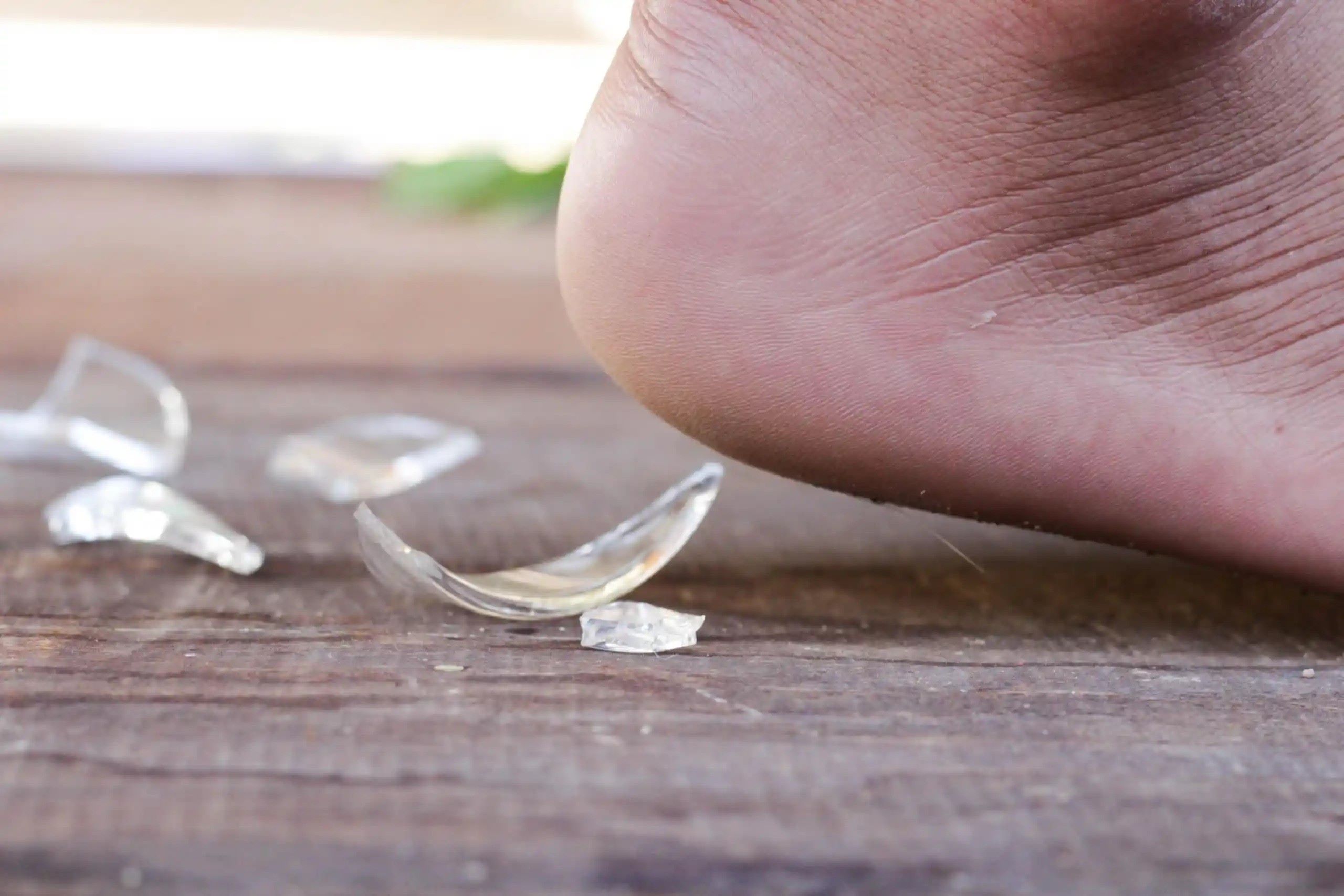


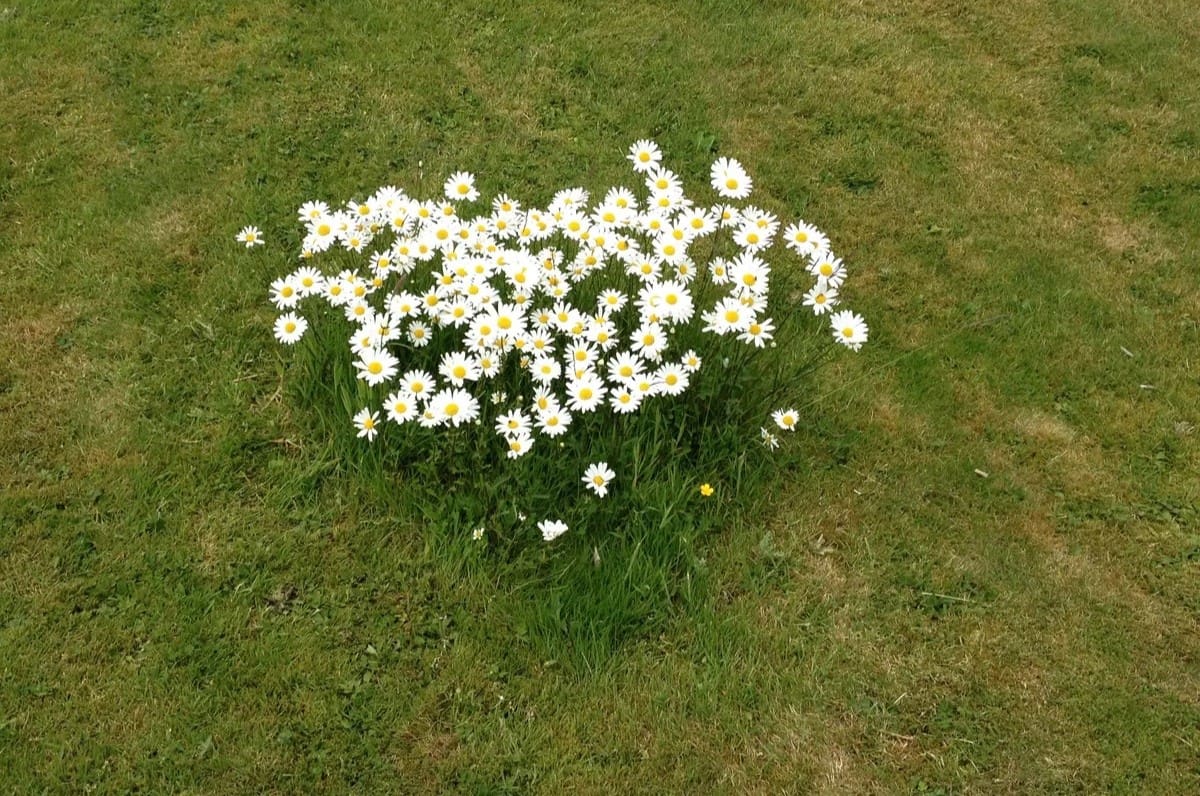
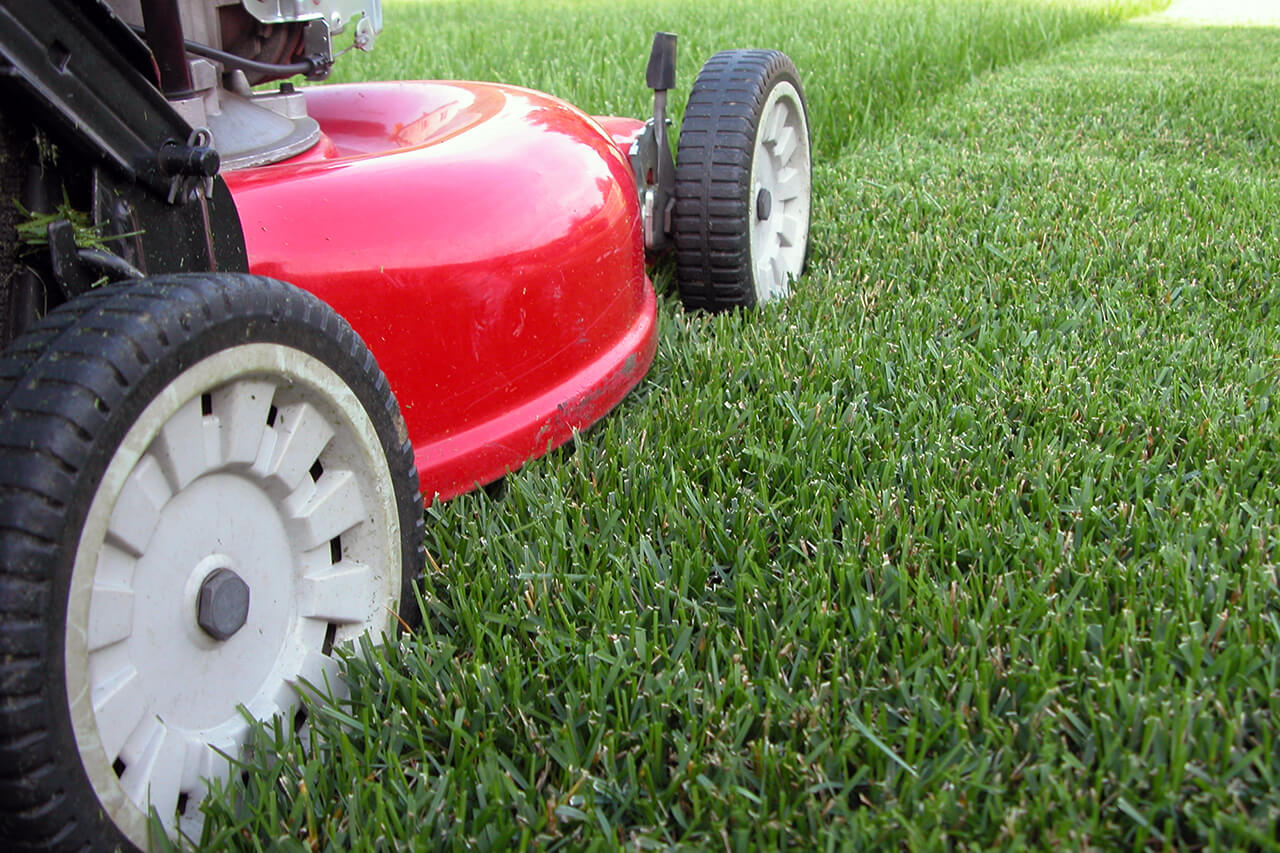

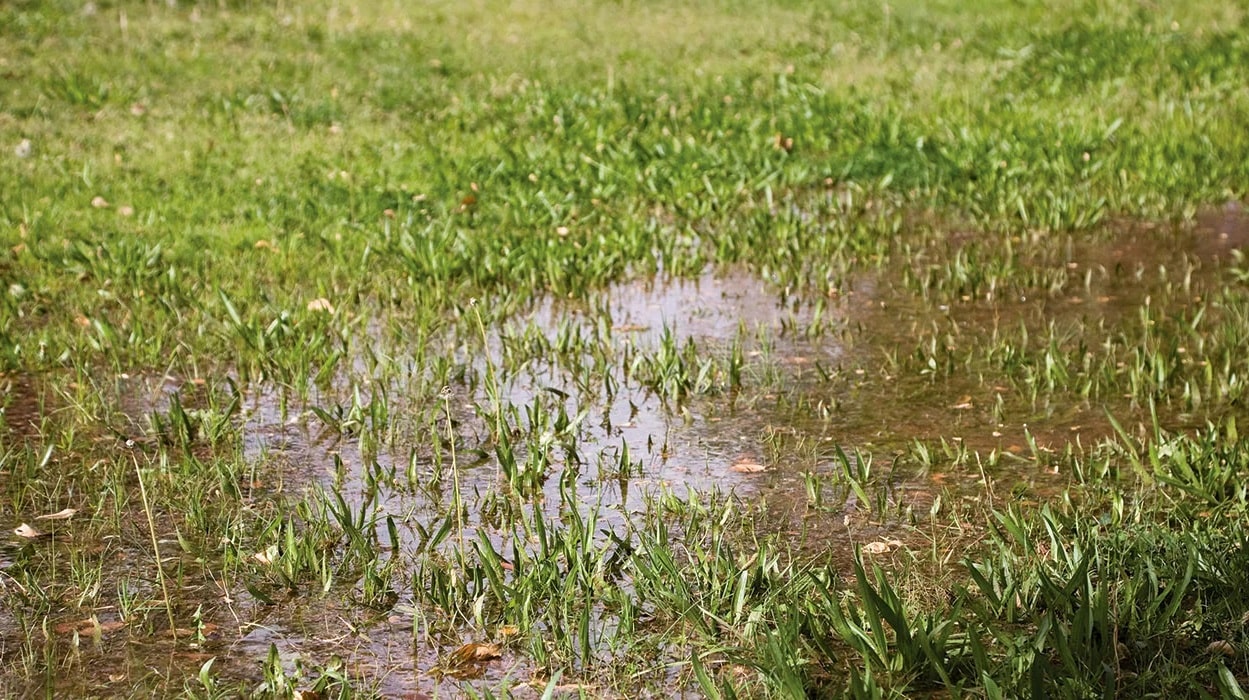
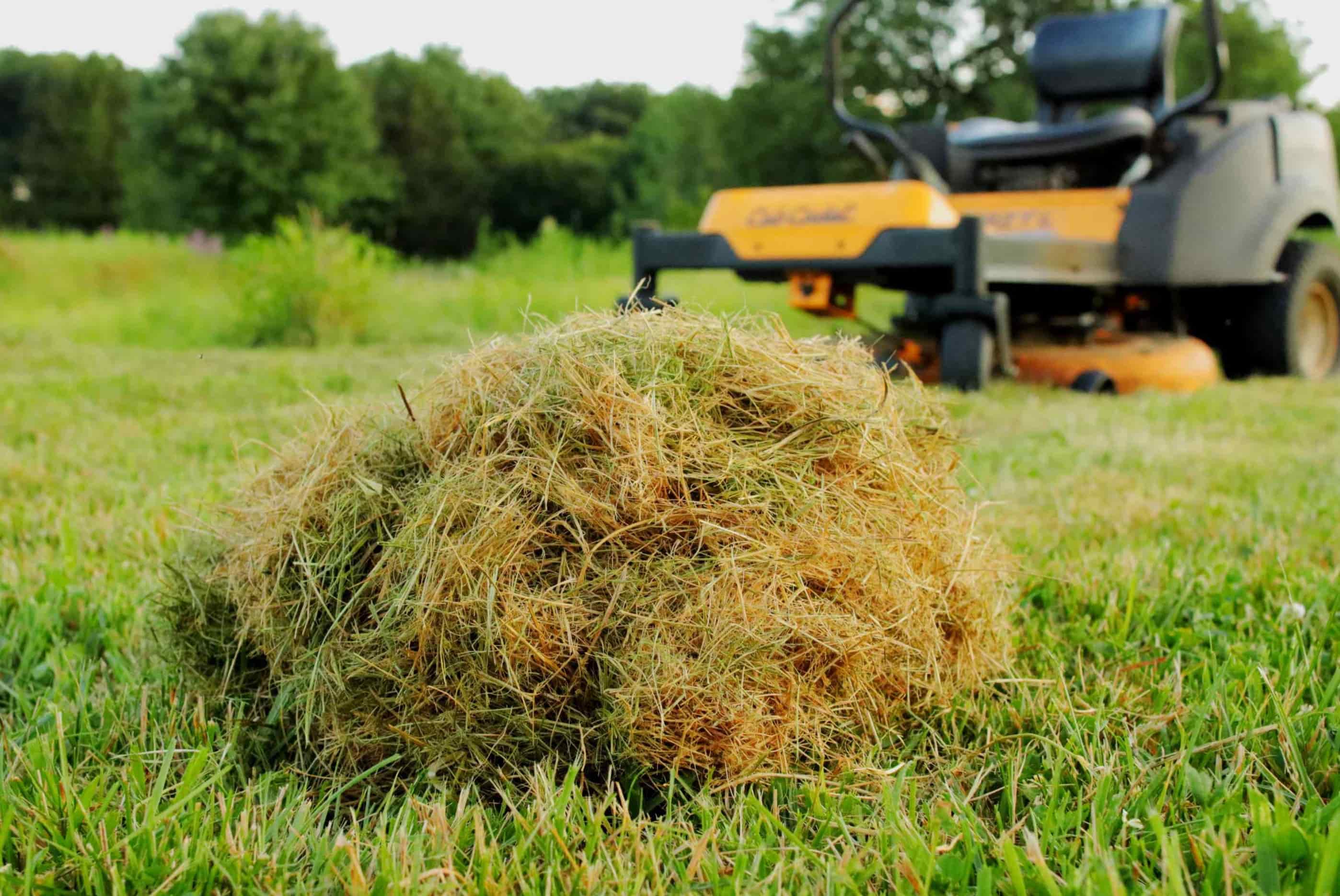

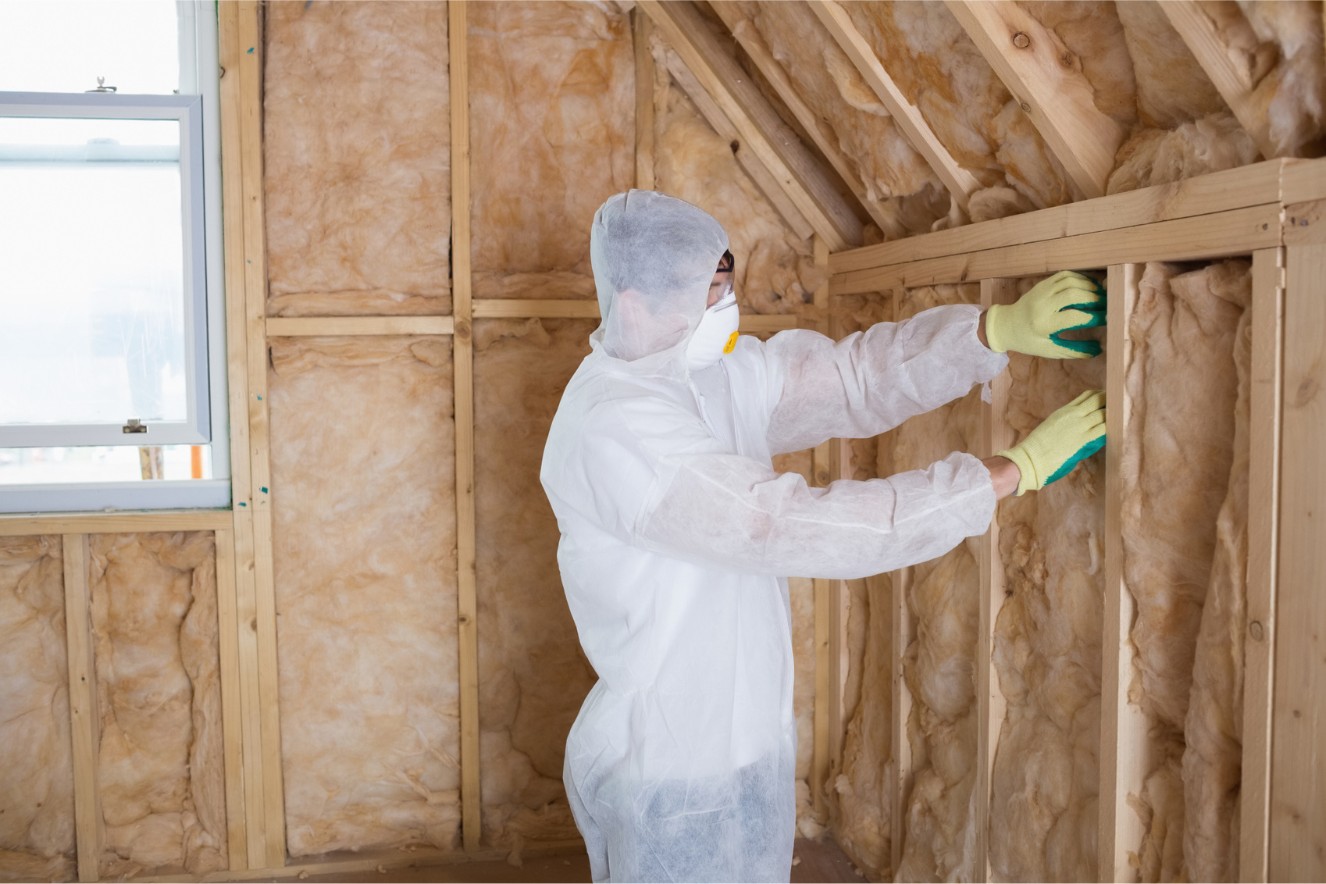

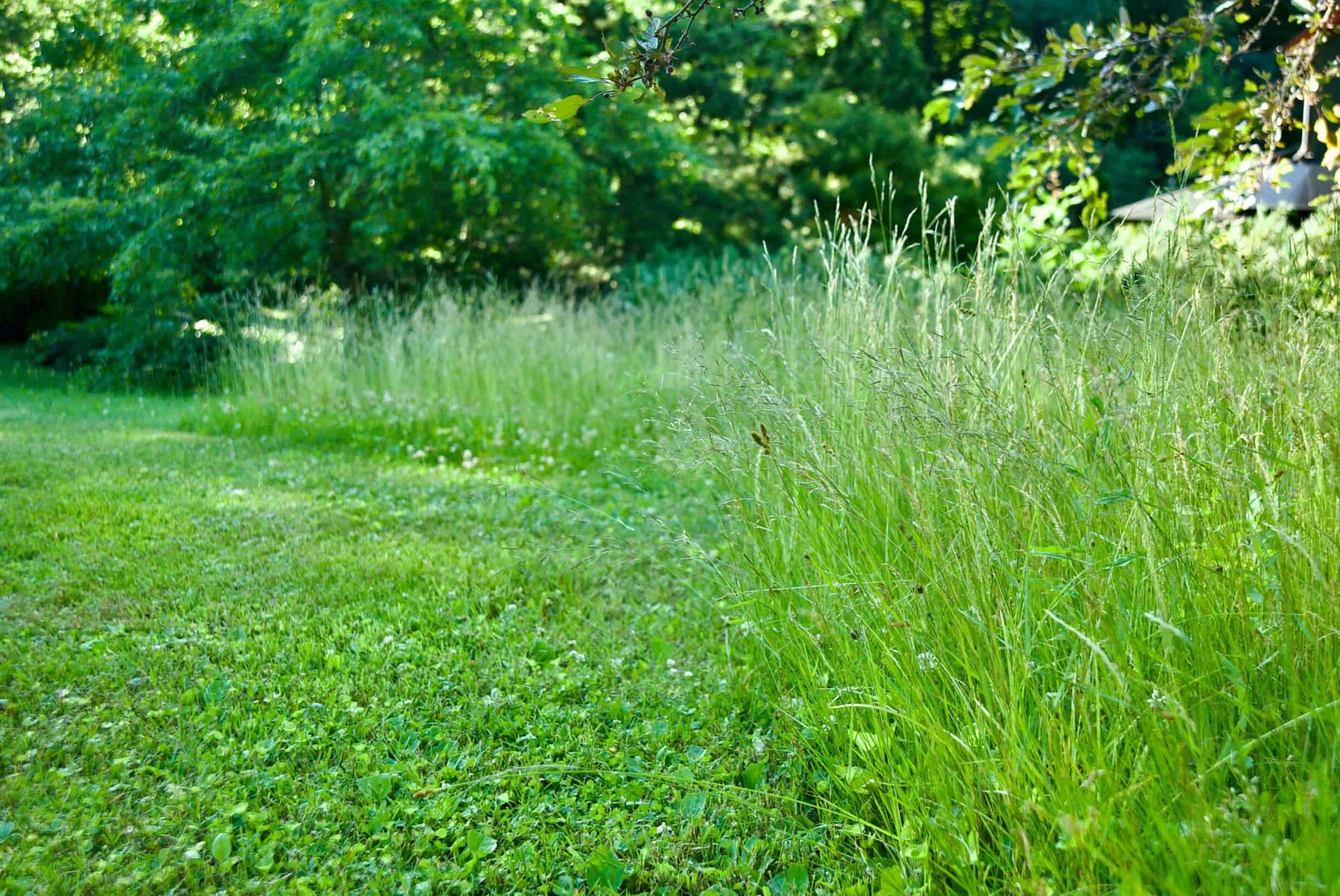
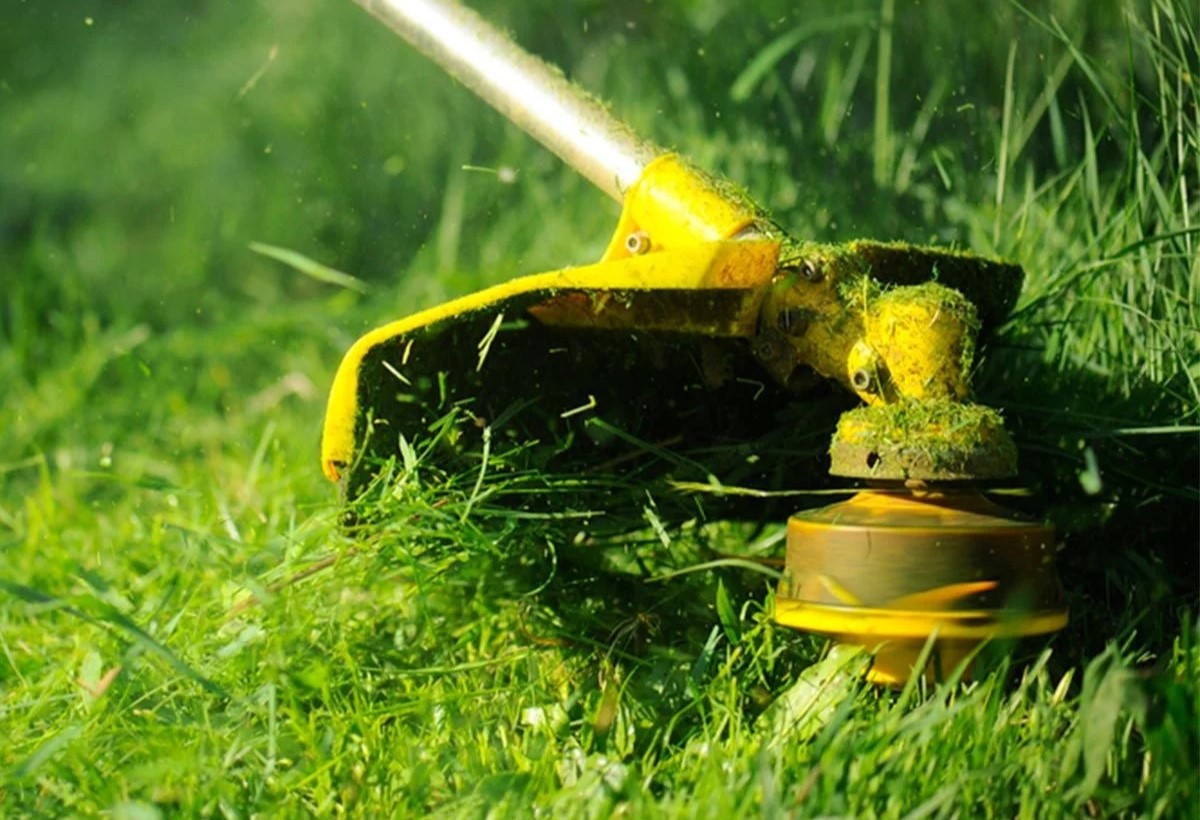


0 thoughts on “What Happens If You Leave Leaves On Grass”